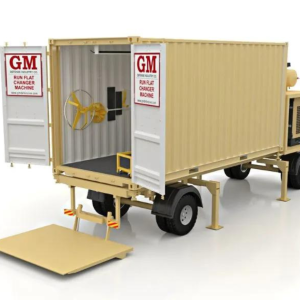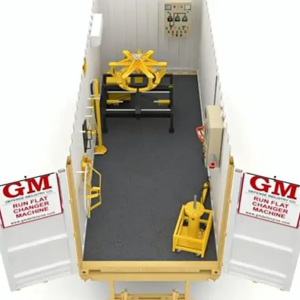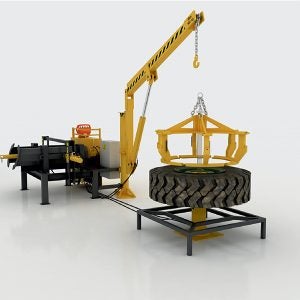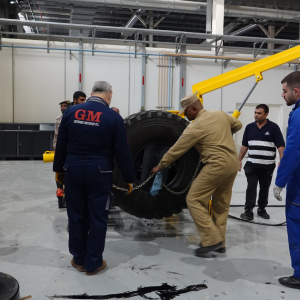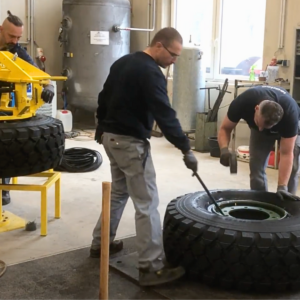Defends Needs Rubber
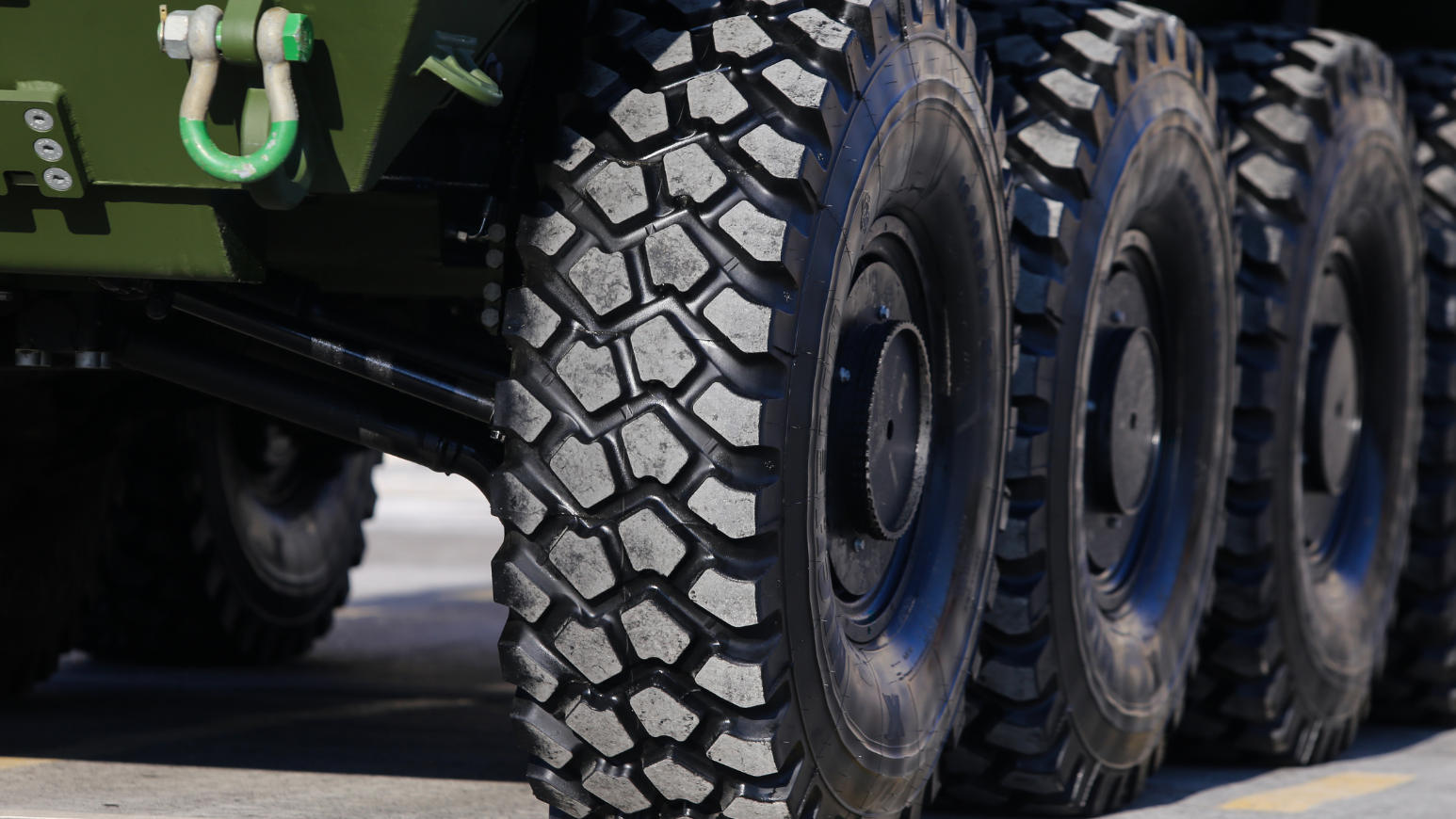
If there was no rubber on the planet, just imagine what might happen. Most rubber in civil life is used for automobile tires and gloves, raincoats, boots, waterproof sheets and baby pants, hot water bottles, bathing caps, garden hoses, and toys. Besides, it’s crucial for the military to supply rubber tires for vehicles and airplane tires, gas masks, medical items, boots, raincoats, indestructible shoes, and erasers. Briefly, the defense needs rubber.
Tire Rationing in the US During World War II
The term rationing in economics refers to artificially controlling the supply and demand of commodities. During World War II, Japanese forces took control of the top rubber-producing nations and eliminated 91% of the US rubber supply. Synthetic rubber production had just begun and wasn’t sufficient to meet civilian and military needs. The only way to supply enough rubber for the military was to ration tires. In the United States, rationing played a role in everyday life during World War II, and tires were among the first commodities to be rationed. Certificates of new tires could only be used on vehicles for public health and safety, including medical, fire, police, garbage, mail services vehicles, essential trucks, and public transportation. A civilian was permitted to keep five tires per automobile, and the rest was used for military defensive purposes.
The Impact Of Tire Rationing In Civilized Life
In the period of tire rationing, people had to make do with what they had. In public service campaigns, people were educated on how to properly care for tires in order to keep them lasting for years. Campaigns encouraged the people to drive less and supported taking public transportation or share rides. Maintaining an automobile became more critical than ever, such as inflating tires, rotating tires, and repairing holes before further damage occurs. People were also encouraged to donate old or excess rubber items, so they brought in old or surplus tires, raincoats, boots, and floor mats. About 450,000 tons of scrap rubber were collected through donations; however, it wasn’t good enough for military use.
Essential parts of life: Tires
The United States handled tire rationing properly. Tires are an essential part of both military and civilian defense, so this period is revealing. The development of modern technology over the years has changed the rules of defense, and in the mid-1980s, run-flat tires first appeared. Nowadays, run-flat tires are more popular than ever and very important for military vehicles. Some auto manufacturers include them as standard equipment in new vehicles, and it’s an indispensable part of the military.


